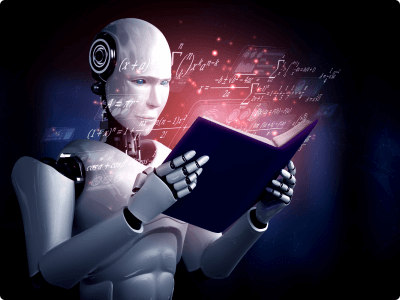Semi-Supervised and Self-Supervised Learning
Semi-supervised learning is a hybrid approach that combines elements of both supervised and unsupervised learning. It is particularly useful when labeled data is scarce or expensive to obtain, but large amounts of unlabeled data are available. The model initially learns from a small set of labeled examples and then generalizes its knowledge to the larger, unlabeled dataset.
Self-supervised learning, a subset of semi-supervised learning, is a recent advancement that enables models to generate their own labels from raw data. This technique has gained popularity in deep learning, particularly in natural language processing (NLP) and computer vision. Self-supervised models use tasks like predicting missing words in sentences or reconstructing parts of images to learn meaningful representations.
One of the key benefits of semi-supervised and self-supervised learning is their ability to leverage vast amounts of unstructured data without requiring extensive human labeling. These methods are widely used in speech recognition, fraud detection, autonomous driving, and AI-powered content generation.
State-of-the-art models, such as OpenAI’s GPT and Facebook’s SimCLR, rely on self-supervised learning techniques to achieve high performance in NLP and computer vision tasks. As data-driven AI continues to evolve, these learning methods are expected to play an even greater role in the future of machine learning.




